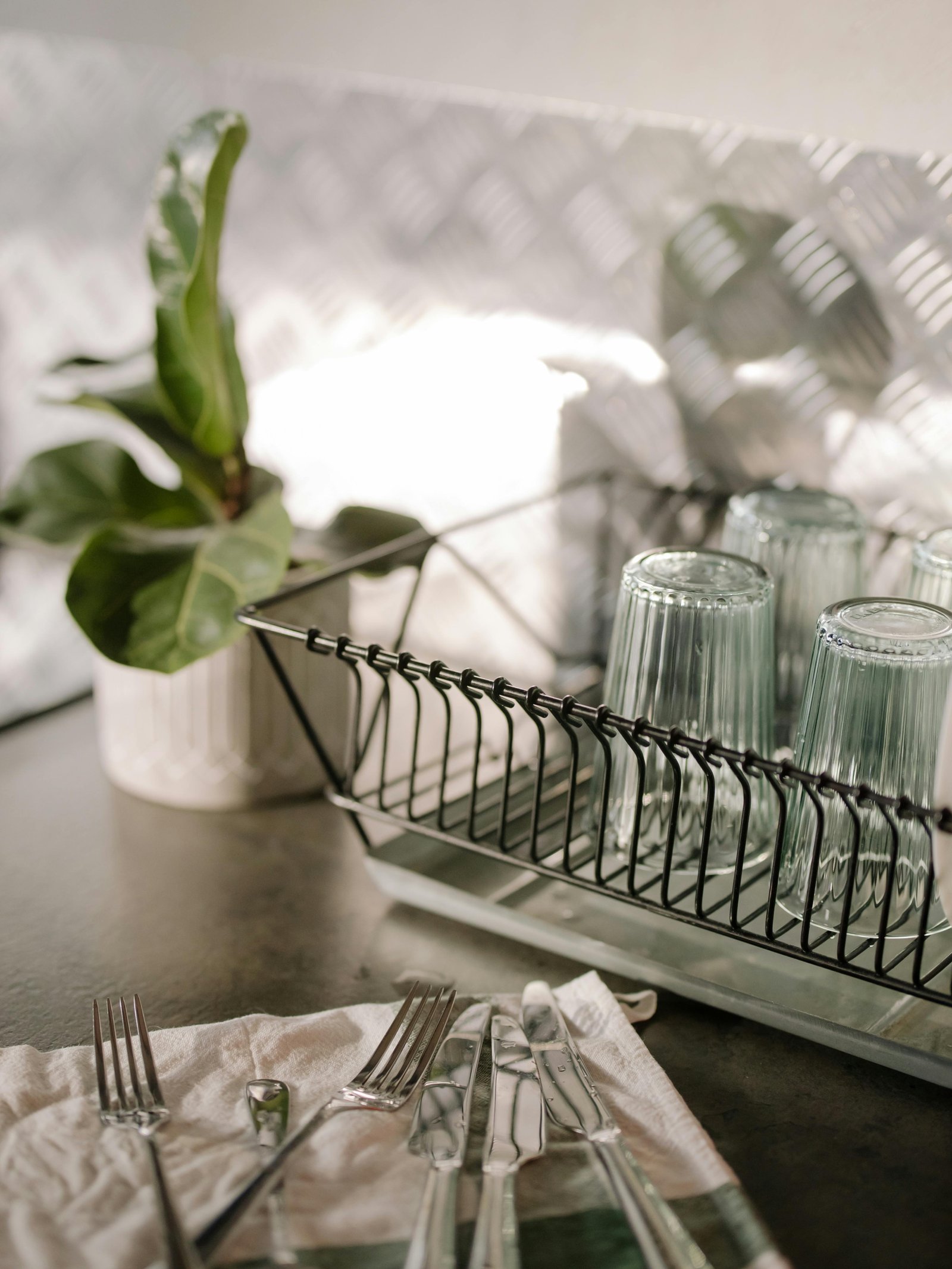Introduction to Non-Stick Silicone Baking Mats

Non-stick silicone baking mats have revolutionized the way we bake. These innovative kitchen tools not only provide a non-stick surface without the need for butter, oil, or parchment paper but also ensure even heat distribution, leading to consistent baking results. In this comprehensive guide, we’ll delve into the numerous benefits of using silicone baking mats, how to care for them, and why they’re a must-have in every baker’s kitchen.
Understanding the material is crucial. Silicone baking mats are made from high-quality, food-grade silicone that is durable, flexible, and can withstand temperatures from freezing up to 480°F. This versatility makes them suitable for a wide range of baking tasks, from roasting vegetables to baking cookies and pastries.
The environmental impact of using silicone mats instead of disposable parchment paper or aluminum foil is significant. By opting for silicone, you’re choosing a reusable and eco-friendly alternative that can last for years, reducing waste and promoting sustainability in your baking practices.
Another key benefit is the ease of cleaning. Unlike traditional baking sheets that can become stained or scratched over time, silicone mats can be easily washed with soap and water or placed in the dishwasher, maintaining their quality and performance.
Lastly, the safety of silicone baking mats is often questioned. It’s important to ensure that the mat you choose is BPA-free and approved by the FDA or another relevant authority. This confirms that it’s safe for food contact and won’t leach harmful chemicals into your baked goods.
Benefits of Silicone Baking Mats
The benefits of silicone baking mats extend beyond their non-stick properties. They also offer cost savings over time. While the initial investment might be higher than a roll of parchment paper, their reuse significantly reduces the cost per use, making them a more economical choice in the long run.
For those who enjoy baking delicate pastries or sticky candies, silicone mats are invaluable. They provide a smooth surface that prevents sticking without the need for excessive greasing, preserving the integrity and appearance of your creations.
Additionally, silicone mats can double as a work surface for rolling dough or kneading bread. Their non-stick quality and flexibility make them an excellent alternative to working directly on countertops, and they can be easily stored by rolling up or laying flat in a drawer.
Another advantage is the even heat distribution that silicone mats provide. This helps to eliminate hot spots on baking sheets that can cause uneven baking and browning. Whether you’re baking cookies, roasting vegetables, or making homemade candies, you can expect consistent results every time.
Finally, these mats contribute to healthier baking. By eliminating the need for additional fats or oils to prevent sticking, they offer a lower-calorie method of baking, supporting healthier eating habits.
How to Care for Your Silicone Baking Mat

Proper care extends the life of your silicone baking mat and ensures its performance remains top-notch. The first and most important rule is to never use sharp objects or metal utensils on your mat. These can damage the silicone surface, reducing its effectiveness and longevity.
After each use, it’s essential to clean your silicone mat thoroughly. Although dishwasher-safe, hand washing with warm soapy water and a soft cloth or sponge is recommended to maintain the mat’s integrity. Avoid using abrasive cleaners or pads that can scratch the surface.
When it comes to storing your silicone baking mat, ensure it is completely dry to prevent any mildew or mold growth. You can roll it up and store it in a drawer or keep it flat on a baking sheet to save space.
It’s also essential to regularly inspect your mat for signs of wear and tear, such as discoloration or odors. While silicone baking mats are designed for durability, they’re not indestructible and should be replaced when necessary to ensure the quality of your baked goods.
Lastly, always follow the manufacturer’s recommendations for temperature limits to prevent warping or damage to the mat. This ensures your baking sessions are safe and your mat’s lifespan is maximized.
Choosing the Right Silicone Baking Mat
With the increasing popularity of silicone baking mats, numerous brands and models are available on the market. When selecting a mat, consider its size and thickness. Mats come in various sizes to fit different baking sheets, so ensure the one you choose fits your bakeware.
The thickness of the mat influences its durability and heat conduction. Thicker mats tend to be more durable and provide better insulation between the baking sheet and the food, resulting in more even baking.
Look for mats with reinforced edges, as they are less likely to tear or warp over time. Additionally, some mats feature markings or guides for placing cookie dough, which can be particularly useful for novice bakers or those looking to achieve perfectly sized baked goods.
Another aspect to consider is the mat’s temperature range. Ensure it is suitable for your baking needs, especially if you plan on using it for high-temperature cooking or freezing tasks.
Finally, read reviews and choose a mat from a reputable brand that guarantees food safety and quality. This will ensure that your investment provides the best value and performance in your baking endeavors.
Recipes and Tips for Using Silicone Baking Mats
Embracing silicone baking mats opens up a world of culinary possibilities. Here are some tips and recipes to get the most out of your mat:
For crispy oven-baked fries or vegetables, spread them evenly on your silicone mat. The mat’s surface allows for even heat distribution, ensuring every piece is perfectly cooked. No need for flipping halfway through.
When making cookies, use the mat as a guide for spacing. This ensures that your cookies are evenly sized and spaced, allowing for uniform baking.
Silicone mats are also excellent for baking fish. The non-stick surface means you can bake without fear of the fish sticking to the pan, preserving its delicate texture and flavor.
For pastry chefs and home bakers alike, silicone mats can be used as a non-stick surface for rolling out dough, making it easier to transfer to pie tins or baking sheets.
Lastly, remember that while silicone baking mats are versatile, they’re not suitable for cutting on. Always transfer your baked goods to a cutting board before slicing to maintain the integrity of your mat.





